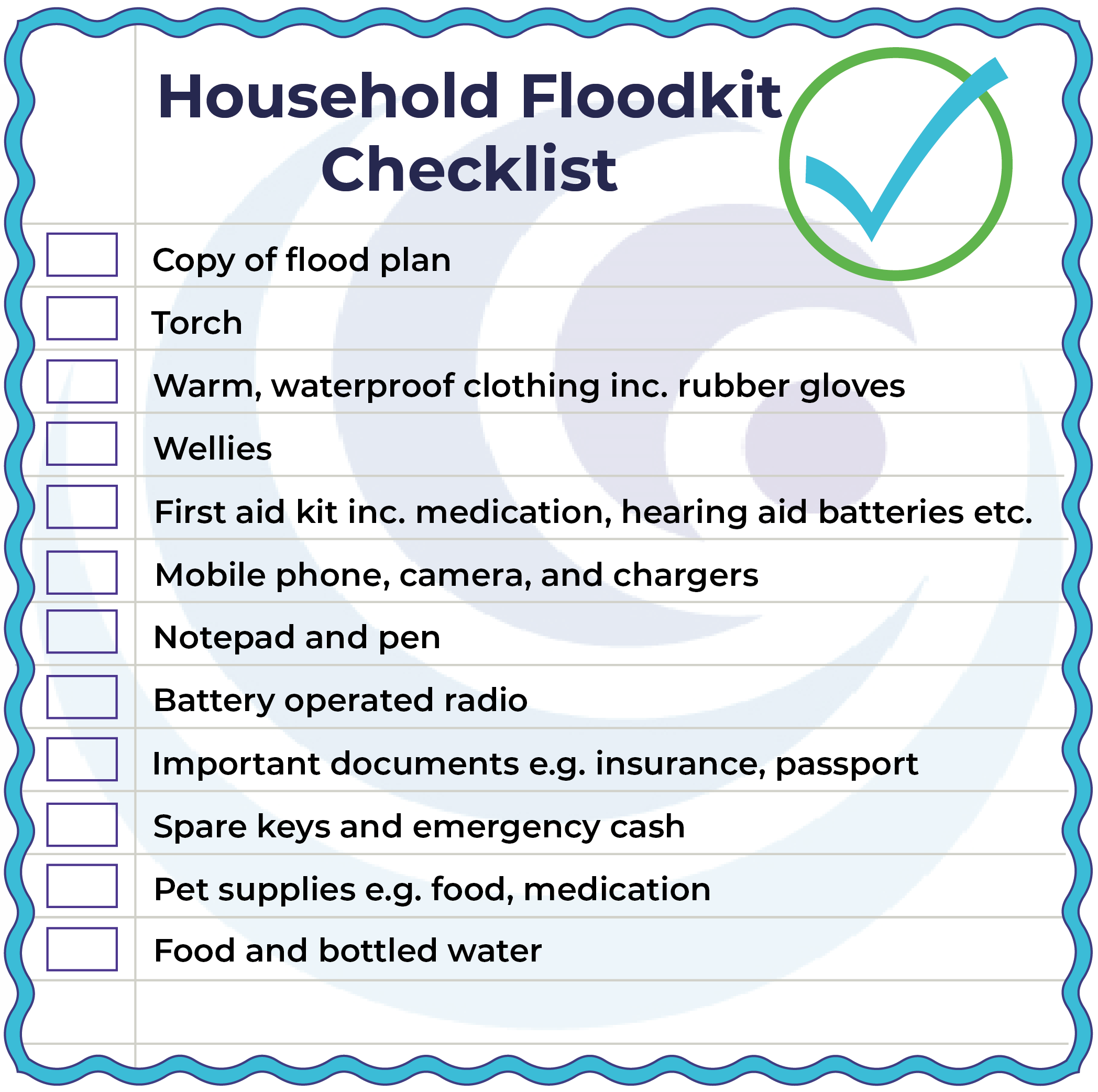This blog has been written by The Flood Hub People.
Get winter ready with practical tips for your home, business, and car. From flood kits and frozen pipes to blocked drains and safe winter driving, learn how to stay resilient and prepared for severe winter weather.
As temperatures drop, it’s important to make sure your home, business and car are prepared for whatever winter may bring. Power cuts, snow, ice and even flooding can all cause disruption, but with some simple checks and preparations you can protect yourself, your property and your wellbeing.
Winter weather can increase the risk of flooding, burst pipes and power outages. Taking steps now can make a big difference if severe weather hits.
Check Your Flood Kit
Make sure your flood kit is up to date and includes items to help you cope in colder conditions. Alongside essentials like tinned food, bottled water and important documents, consider adding:
These items will help if you lose power or heating during a winter storm. Find out more about what to include in a flood kit here.

Update Your Flood Plan
Whilst checking your kit, review your flood plan too. Make sure important contact details, insurance information, and utility provider numbers are current. Having an up-to-date plan ensures you can act quickly if a flood occurs. Download our flood plan guide here.
Keep Gutters and Drains Clear
Leaves and debris can quickly block gutters, drains, and gullies, causing water to back up and increase flood risk. Walk around your property and check:
Our blog on autumn leaves explains more about reducing this risk.
Protect Your Pipes
Frozen and burst pipes can cause major damage and expensive repairs. To avoid problems:
Check out this article by British Gas which provides some top tips on how to prevent frozen pipes: https://www.britishgas.co.uk/the-source/beat-the-weather/prevent-frozen-pipes.html .
More advice on frozen and burst pipes can also be found on the following websites:
Insulate Your Home
Good insulation keeps heat in, lowers energy bills, and reduces your carbon footprint. Simple steps include:
Winter driving can be unpredictable, with sudden snow, ice, or heavy rain causing dangerous conditions. Preparing your car in advance can help keep you safe.
Keep a Car Emergency Kit
Pack a small kit in your boot with essentials for winter travel, such as:
Heavy snowfall in Cumbria in November 2023 left many motorists stranded, a simple kit could make all the difference if you’re caught out.
Maintain Your Car Through Winter
Screen wash
During winter, grit and salt spread on the roads can quickly cover your windscreen in a cloudy film, making it hard to see. Topping up your car with a strong anti-freeze screen wash, effective down to at least -20°C, ensures that the liquid won’t freeze in the tank or pipes when temperatures drop. Always use the solution neat (not diluted with water), otherwise the alcohol content won’t be strong enough to stop it from freezing. If your jets or washer pipes do freeze, you can pour hot (but not boiling) water into the screen wash tank to thaw it.
De-icer and scraper
It is a legal requirement to fully clear snow and ice from your windscreen before driving. Simply relying on your wipers or blowing the heaters won’t work quickly enough, and driving with limited visibility can result in fines and points on your licence. Keeping a can of de-icer and a sturdy scraper in your car means you can quickly clear your windows before every journey. These items are inexpensive and widely available at supermarkets, petrol stations, and motoring shops.
Tyres
Your tyres are your only point of contact with the road, so keeping them in good condition is vital during wet, icy, or snowy conditions. The UK legal minimum tread depth is 1.6mm, but the RAC and other motoring organisations recommend at least 3mm in winter to ensure good grip. Cold weather can also cause tyre pressure to drop, so check your pressures regularly and inflate them to the levels recommended in your vehicle handbook. Under-inflated tyres can make handling more difficult and increase stopping distances, while over-inflated tyres reduce grip on slippery roads.
Lights
With darker evenings, fog, heavy rain, and snow, visibility is often much poorer in winter. Regularly check that all your lights, headlights, fog lights, brake lights and indicators are clean, free from snow, and working properly. If a bulb fails, replace it as soon as possible. It’s also worth making sure you know how to switch between your normal headlights, full beam, fog lights and hazard lights, so you can adjust quickly to changing conditions. Properly working lights not only help you see the road but also make sure other road users can see you.
Winter weather can bring challenges, from freezing temperatures to flooding. By preparing your home, business, and car, you can reduce risks, save money, and stay safe. Being winter ready isn’t just about comfort, it’s about resilience.